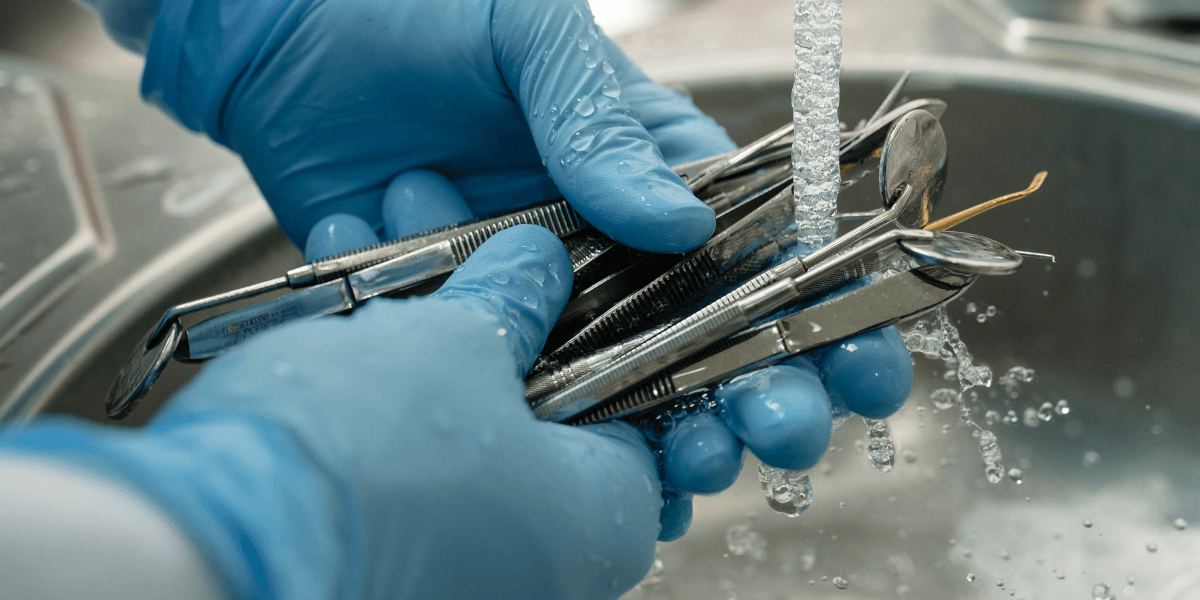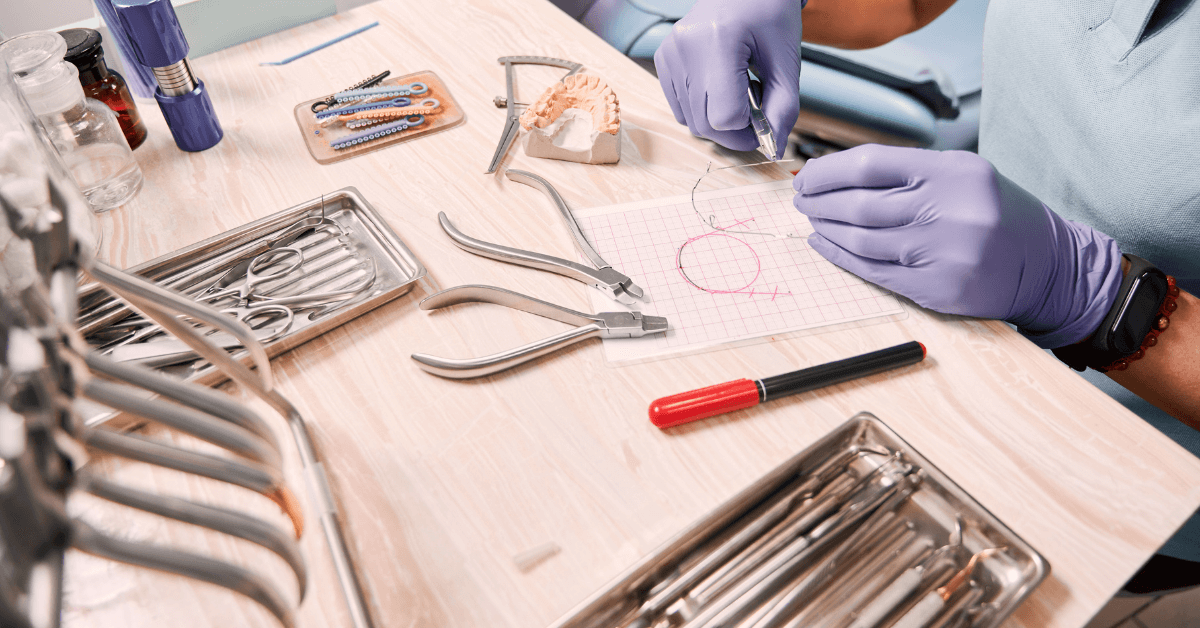How Are Surgical Instruments Cleaned and Disinfected?
Maintaining sterile surgical instruments is vital for patient safety and infection prevention. Every tool used in a medical or dental procedure must go through a precise cleaning and disinfection process to remove contaminants such as blood, tissue, and microorganisms. This process not only safeguards patients but also extends the lifespan and performance of the instruments.
Understanding the Importance of Instrument Sterilisation
Surgical instruments come into direct contact with internal tissues, making sterilisation critical to prevent infections and cross-contamination. Even minor lapses in cleaning or sterilisation can introduce harmful bacteria or viruses into the surgical field, compromising patient safety.
A structured approach to cleaning and disinfection of surgical instruments involves multiple steps, each designed to progressively eliminate contaminants before the instruments are us













